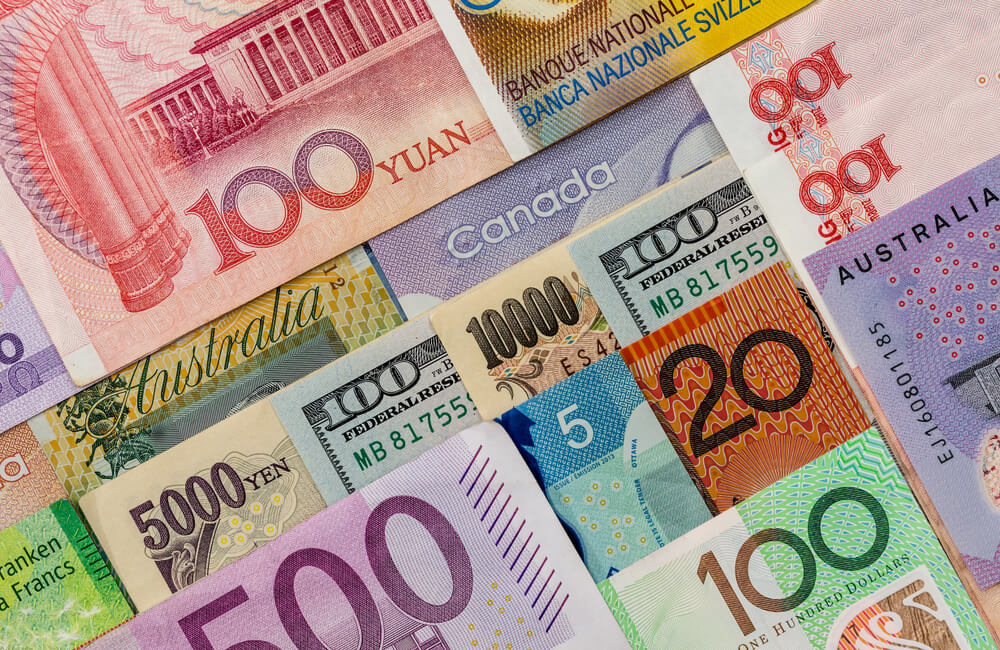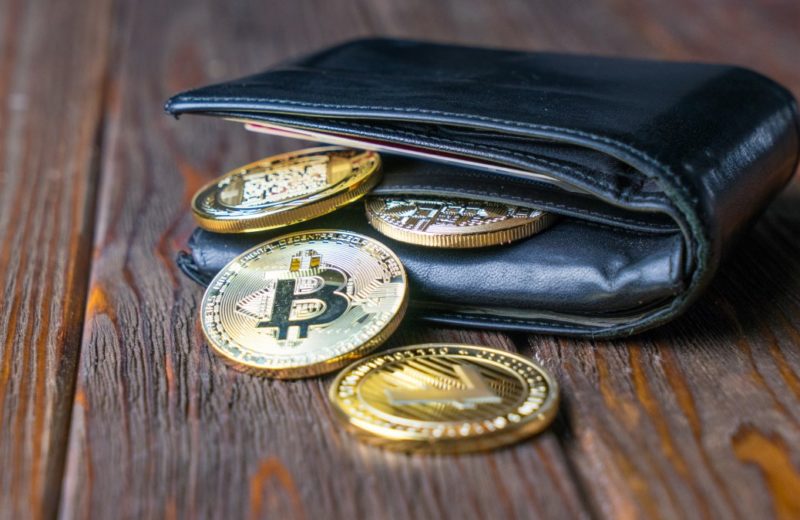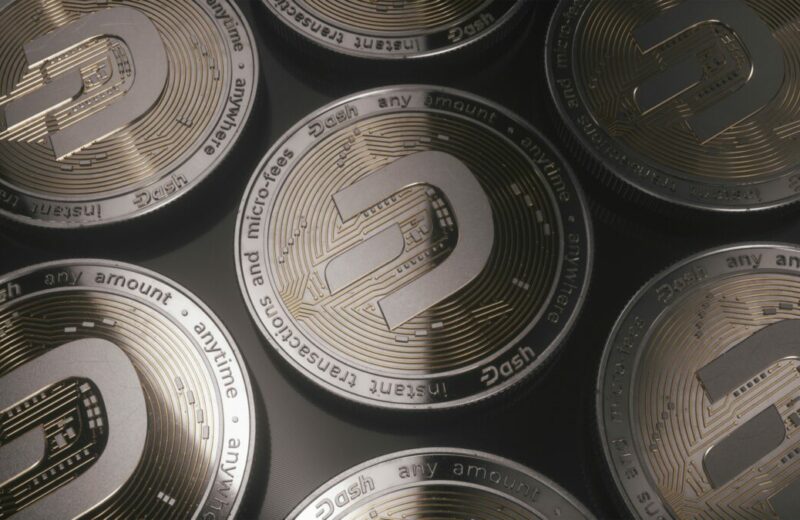Top Currencies in the Forex Market That You Need To Know
Key Takeaways:
- The forex market operates 24 hours daily, offering ample trading opportunities across various time zones.
- Focusing on specific currency pairs with strong trends and liquidity can optimize trading strategies.
- Understanding the characteristics and behaviors of top currencies such as the USD, EUR, British pound, Japanese yen, and Swiss franc is crucial for successful trading.
- Continuous monitoring and management of trading positions are essential to react promptly to market developments and optimize profitability.
The forex market, mostly known as the largest financial market globally and operating 24 hours a day, offers various currency options for trading. With numerous currencies available for trading, selecting the most profitable ones might seem overwhelming. However, despite the many choices, successful trading in this expansive market often focuses on a select number of currencies.
By honing in on specific currency pairs that exhibit strong trends, ample liquidity, and favorable trading conditions, traders can effectively navigate the complexities of the forex market and capitalize on lucrative opportunities.
This strategic approach enables traders to optimize their resources and maximize profitability amidst the vastness of the global currency market.
Let’s get to know these top currencies, shall we?
US Dollar (USD)
There’s no question about it. The United States dollar is the most popular currency to trade in the forex market. It’s the King. Firstly, it is the global reserve currency, rendering it the most heavily traded currency within this expansive market.
It is unsurprising to find the USD in all the major currency pairs in the market. This is also why some countries use the dollar as their official currency instead of a local tender.
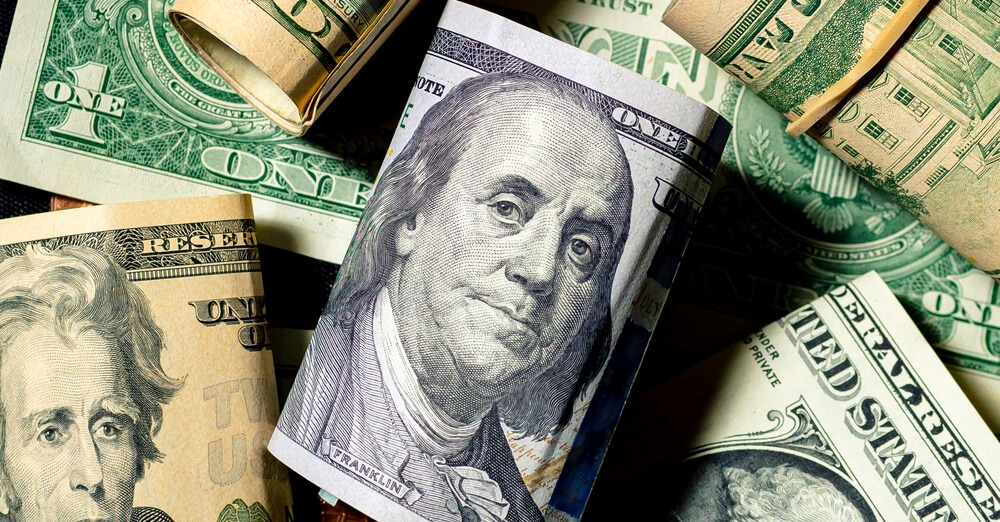
Euro (EUR)
The euro comes second to the greenback as the world’s reserve currency. It was introduced to the world on January 1, 1999. The eurozone nations use this currency as their official tender. This gives the currency higher liquidity in the forex market.
Speculators and those who seek volatile actions in the forex market take the euro as one of their favorites. This is particularly obvious in times of political instability in the eurozone.
British Pound, or Sterling (GBP)
The royal currency is also a frontrunner in the game. It’s among the largest-volume currencies traded in the forex market. Traders use the pound as another currency benchmark for many countries. It’s also very liquid but, at times, volatile.
It has close ties with the euro. Forex traders use the United Kingdom’s overall economic condition to indicate the British pound’s movement. Recently, the royal currency experienced huge volatility shifts due to the Brexit fiasco—a decision wherein the UK leaves the European Union trading bloc.
Japanese Yen (JPY)
Over in Asia, the Japanese yen dominates as the most traded currency. The yen largely reflects the economy of the export and manufacturing-dependent Asian economy.Traders use the yen to assess the economic performance of the Pacific region. They analyze factors from countries like South Korea, China, and Singapore.
The yen is also largely famous in the forex market for its carry trade functions. The country has zero interest rate policy for decades. It’s also considered as the world’s leading safe-haven currency.
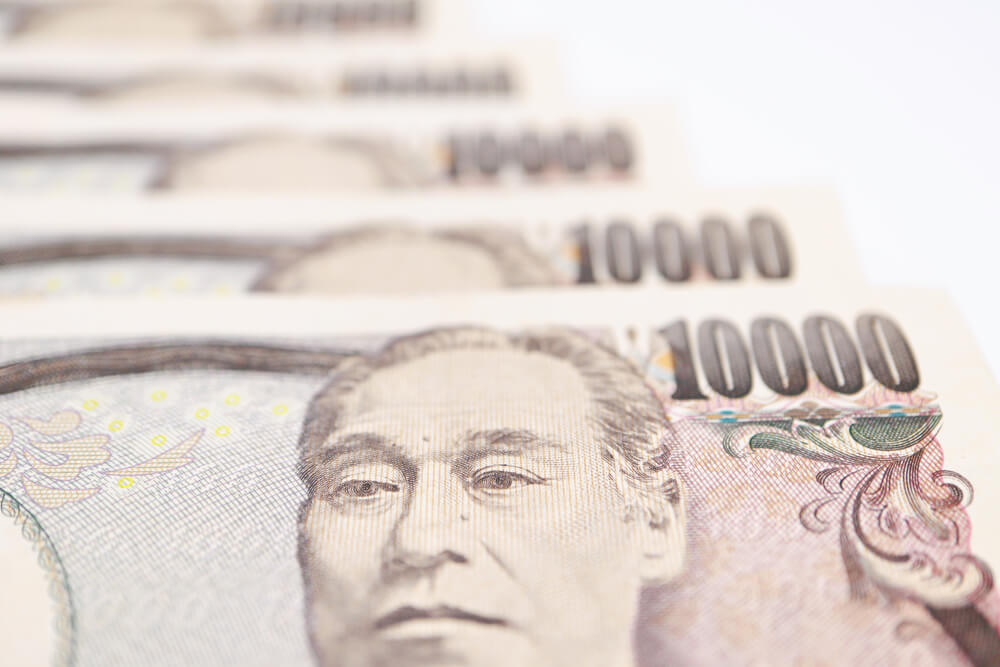
Swiss Franc (CHF)
The Swiss franc, used in Switzerland, Liechtenstein, and Campione d’Italia, is issued by the Swiss National Bank and Swissmint. It’s known as Franken in German, franc in French, franco in Italian, and franc in Romansh. The currency symbols Fr. and fr. are commonly used, with CHF being the official abbreviation according to federal law and ISO standards.
The use of SFr. and fr. Sv. Needs to be updated. CH stands for Confoederatio Helvetica, representing Switzerland’s multilingualism, with Latin used for language-neutral inscriptions on coins.
Safe-heaven currency
The Swiss franc is also largely seen just like that. Known as a safe-haven currency, it retains its strength during economic uncertainty and turmoil. Also, the Swiss franc typically negatively correlates to more volatile commodity currencies such as the Australian or Canadian dollar.
The Swiss National Bank keeps the Swiss currency stable. They do this by trading it in a narrow range and reducing its volatility. This ensures stability.
Canadian Dollar (CAD)
The Canadian dollar is heavily influenced by changes in commodity markets like oil, metals, and minerals. This means its value can go up or down based on these factors.
Thus, traders often speculate on the prices of commodities using the Canadian dollar. They also often use it as a hedge when holding contracts with commodities as underlying assets.
The Canadian dollar also correlates more with the US economy because of its proximity to the American economy.
Australian Dollar (AUD)
The Aussie dollar, symbolized by $, is Australia’s official currency, used in Australia and some Pacific islands. It’s widely traded and held in reserves globally. It replaced the pound in 1966 with an exchange rate of 2 bucks to a pound.
There were A$4.4 billion coins and A$101.3 billion in banknotes circulating in 2023. This includes cash in banks and overseas. In financial markets, higher interest rates affect exchange rates.
Pound Sterling (GBP)
Sterling (ISO code: GBP) is the currency of the United Kingdom and nine associated territories. The pound (£) is its main unit, commonly known as the British pound or pound sterling worldwide.It’s notable as the world’s oldest continuously used currency. In 2022, it ranked fourth in forex trading, after the US dollar, euro, and Japanese yen.
Together with these currencies and the Renminbi, it determines the value of IMF special drawing rights. Sterling also holds the fourth position among the world’s reserve currencies.
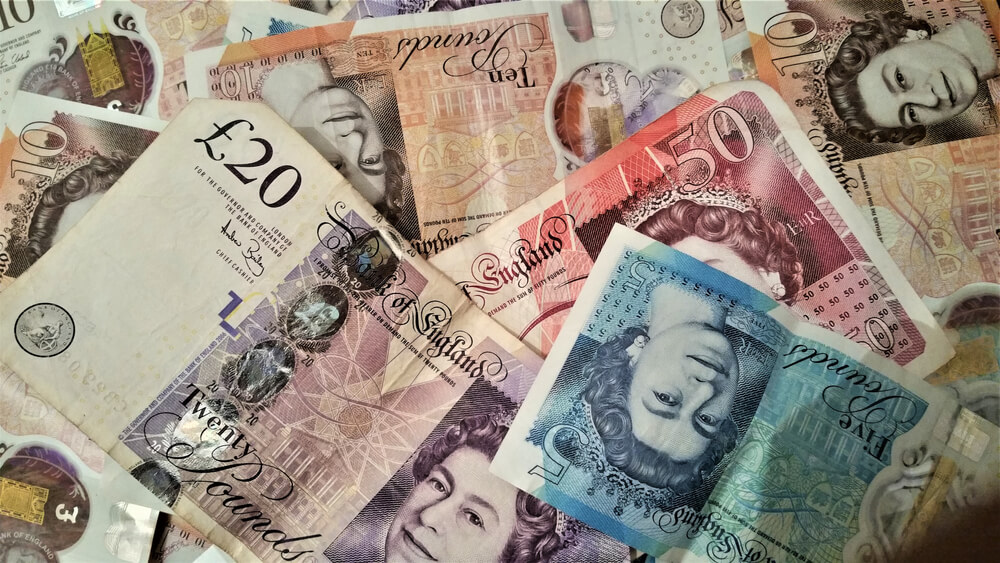
Convertibility is guaranteed
The Bank of England oversees sterling, facilitating day trading and regulating banknote issuance in Scotland and Northern Ireland. While other jurisdictions issue their banknotes, they guarantee convertibility.
Historically, sterling was widely used across the British Empire, showcasing its influence seven days a week. The Swiss National Bank keeps the Swiss currency stable by trading it in a narrow range with fewer fluctuations. In global forex markets, it’s called the “Kiwi” because of the bird on its one-dollar coin.
Jordanian Dinar (JOD)
The Jordanian dinar is the fourth most potent currency globally, with 1 dinar equivalent to 1.41 dollars (or, inversely, $1 equals 0.71).
Jordan is a country in the Middle East. It does not have access to the sea. Jordan relies less on selling oil and gas compared to its neighbors. However, it faces challenges with sluggish economic expansion and mounting debt.
The famous Jordanian dinar has a fixed exchange rate with the dollar. This helps keep the dinar stable in the market. As a result, it is considered one of the strongest currencies globally.
Chinese Yuan (CNH)
The Renminbi (RMB), symbolized by ¥, is China’s official currency. The basic unit is the yuan, which divides into jiao and further into fen. The People’s Bank of China issues the currency. Central banks influence currency markets, which operate continuously.
Renminbi (RMB)
- ISO Code: CNY (numeric: 156)
- Subunit: 0.01
- Unit: Yuán (元 / 圆)
- Symbol: ¥
- Nickname: Kuài (块)
Denominations
- Subunits: Jiao (角), Fēn (分)
- Banknotes: ¥5, ¥10, ¥20, ¥50, ¥100
- Coins: ¥0.1, ¥0.5, ¥1.
Introduction: 1948 Issuer: People’s Bank of China.
Kuwaiti Dinar (KWD)
The Kuwaiti dinar, recognized as the world’s most robust currency, holds the value of 3.26 dollars for every dinar (or, inversely, $1 equals 0.31 Kuwaiti dinar). Positioned between Saudi Arabia and Iraq in the Persian Gulf, Kuwait thrives as a prominent oil exporter, contributing significantly to its wealth.
In the 1960s, Kuwait’s money, the dinar, was linked to the British pound. In the 1960s, Kuwait’s currency, the dinar, was tied to the British pound. Now, it is linked to various currencies, enabling it to be traded continuously in the foreign exchange market. This market operates 24 hours a day, 7 days a week.
New Zealand Dollar (NZD)
The Kiwi dollar ($NZD) is the official currency of New Zealand, used across several territories. Introduced in 1967, it’s divided into 100 cents, with the smallest denomination being the 10-cent coin.
The Swiss National Bank keeps the Swiss currency stable by trading it in a narrow range with fewer ups and downs. It’s nicknamed the “Kiwi” in global forex markets due to the bird on its one-dollar coin.
It’s the world’s tenth most traded currency, making up 2.1% of daily forex turnover 2019. With forex trading available 24 hours a day, traders can start trading forex anytime.

Cayman Islands Dollar (KYD)
The currency of the Cayman Islands, the Cayman Islands dollar, shares the sixth position among the most potent global currencies, where 1 Cayman dollar purchases 1.20 dollars (alternatively, $1 equals 0.83 Cayman Islands dollar).
Located in the Caribbean, the Cayman Islands represent a British territory and serve as a hub for offshore financial activities. The Cayman Islands dollar debuted in the 1970s and maintains a fixed exchange rate with the dollar.
Omani Rial (OMR)
Standing tall as the third-strongest currency globally, the Omani rial commands a formidable value of 2.60 dollars for every rial (conversely, $1 equals 0.38 Omani rial).
Nestled between the United Arab Emirates and Yemen in the easternmost region of the Arabian Peninsula, Oman shares in the economic prosperity derived from its significant oil and gas exports.
Introduced in the 1970s, the Omani rial maintains a steadfast peg to the dollar, symbolizing the unwavering stability of its economy.
Gibraltar Pound (GIP)
The Gibraltar pound holds the sixth position among the globe’s most robust currencies, where 1 pound purchases 1.22 dollars (or inversely, $1 equals 0.82 Gibraltar pound).
Gibraltar, covering merely 2.6 square miles at the southern edge of Spain, officially belongs to British territory. The Gibraltar pound debuted in the 1920s and maintains a fixed exchange rate with the British pound (at par, implying one GIP equals one GBP).
Despite its small size, Gibraltar’s currency is actively traded in the world market, which operates 24 hours a day. The trading volume of the Gibraltar pound reflects its stability and importance in international finance.
How to trade in the Forex market?
- Begin by thoroughly researching and selecting a reputable broker, considering the availability of brokers operating 24/7 to accommodate the forex market’s round-the-clock nature.
- Initiate opening a forex trading account, ensuring it provides access to the global market, which operates 24 hours a day, enabling trading anytime.
- Complete identity verification procedures required by your chosen broker, a standard practice in the forex market to maintain security and compliance standards.
- Deposit funds into your forex account, understanding that the global forex market, being the largest financial market in the world, offers ample trading opportunities around the clock.
- Research various currencies and identify potential trading opportunities, leveraging the market’s continuous availability to assess and capitalize on fluctuations in currency values.
- Determine the appropriate size for your initial forex trade, considering the market’s liquidity and volatility, which remains active 24 hours a day, five days a week.
- Continuously monitor and manage your trading positions, utilizing the flexibility of the forex market’s 24-hour trading cycle to adjust your strategies and react to market developments promptly.
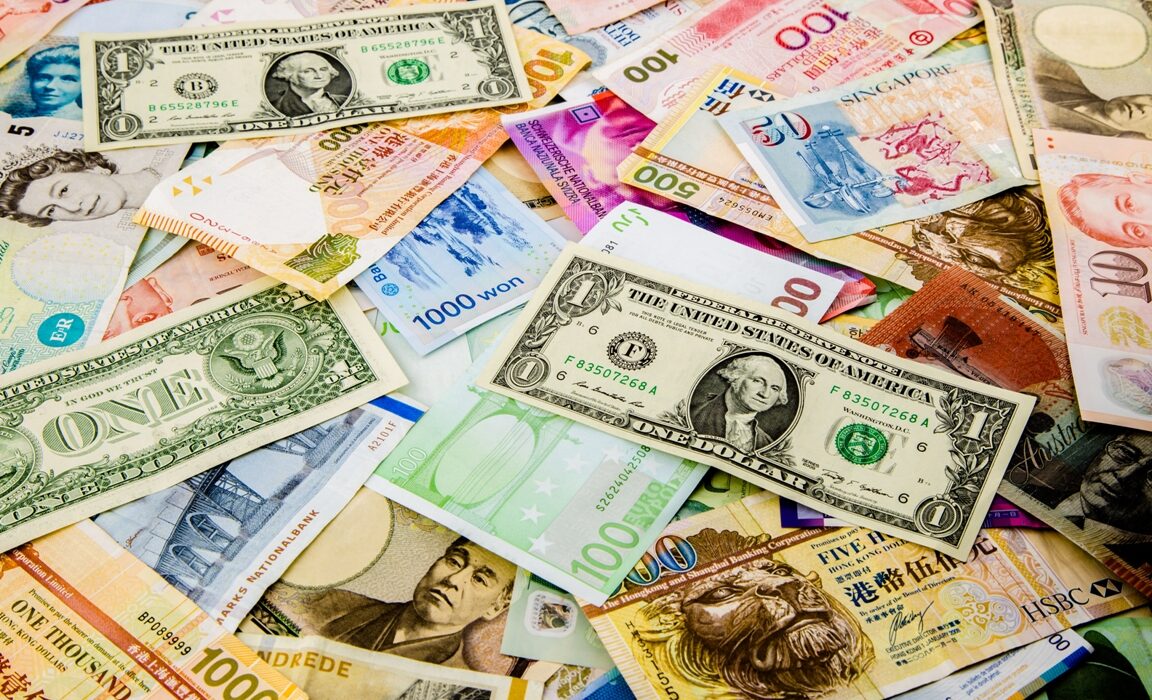
Conclusion
These are the top currencies that traders should pay attention to to guarantee profitable trades. They also make for flexible trading strategies when partnered with each other.


